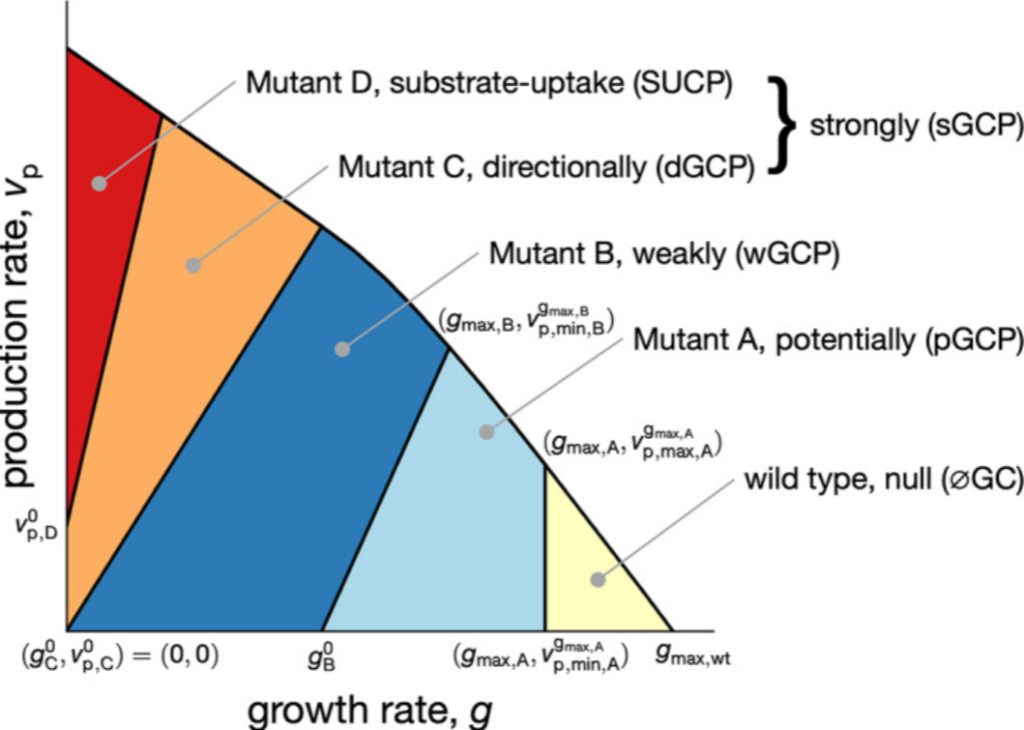Examining Organic Acid Production Potential and Growth-Coupled Strategies in Issatchenkia orientalis Using Constraint-Based Modeling
Themes: Conversion
Keywords: Metabolomics, Modeling
Citation
Suthers, P.F., Maranas, C.D. May 23, 2022. Data from: “Examining Organic Acid Production Potential and Growth-Coupled Strategies in Issatchenkia orientalis Using Constraint-Based Modeling.” GitHub Repository. DOI: 10.1002/btpr.3276.
Overview

Growth-coupling product formation can facilitate strain stability by aligning industrial objectives with biological fitness. Organic acids make up many building block chemicals that can be produced from sugars obtainable from renewable biomass. Issatchenkia orientalis is a yeast strain tolerant to acidic conditions and is thus a promising host for industrial production of organic acids. Here, we use constraint-based methods to assess the potential of computationally designing growth-coupled production strains for I. orientalis that produce 22 different organic acids under aerobic or microaerobic conditions. We explore native and engineered pathways using glucose or xylose as the carbon substrates as proxy constituents of hydrolyzed biomass. We identified growth-coupled production strategies for 37 of the substrate-product pairs, with 15 pairs achieving production for any growth rate. We systematically assess the strain design solutions and categorize the underlying principles involved.
Data
GitHub Repository — Includes metabolic model
- Glucose and Xylose data
- OK summaries
- Heterologous and Ubiquitous Reactions